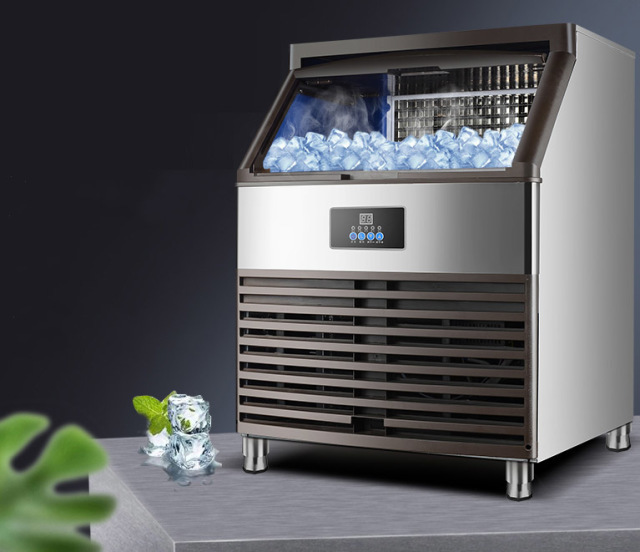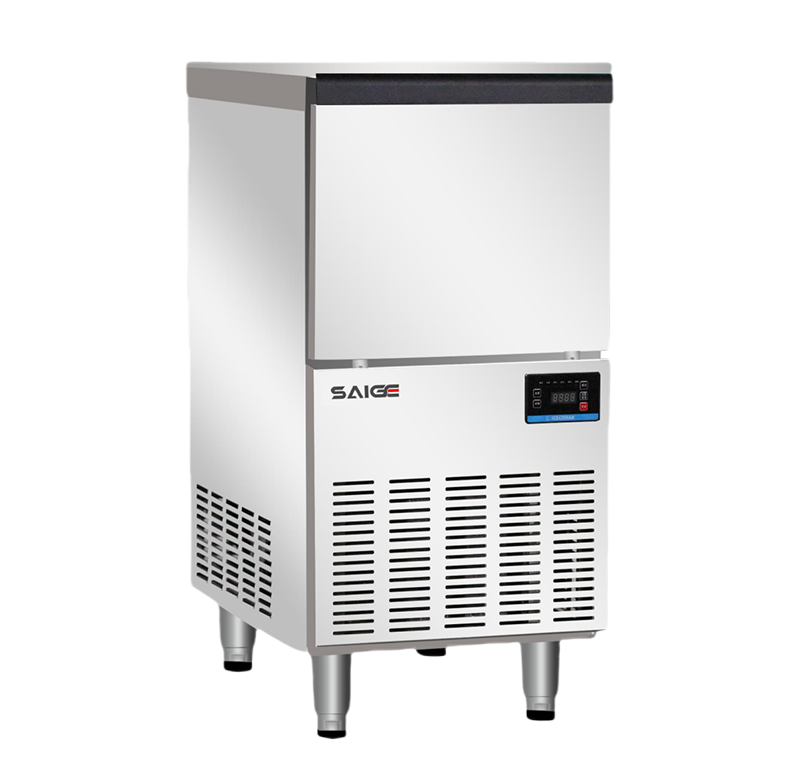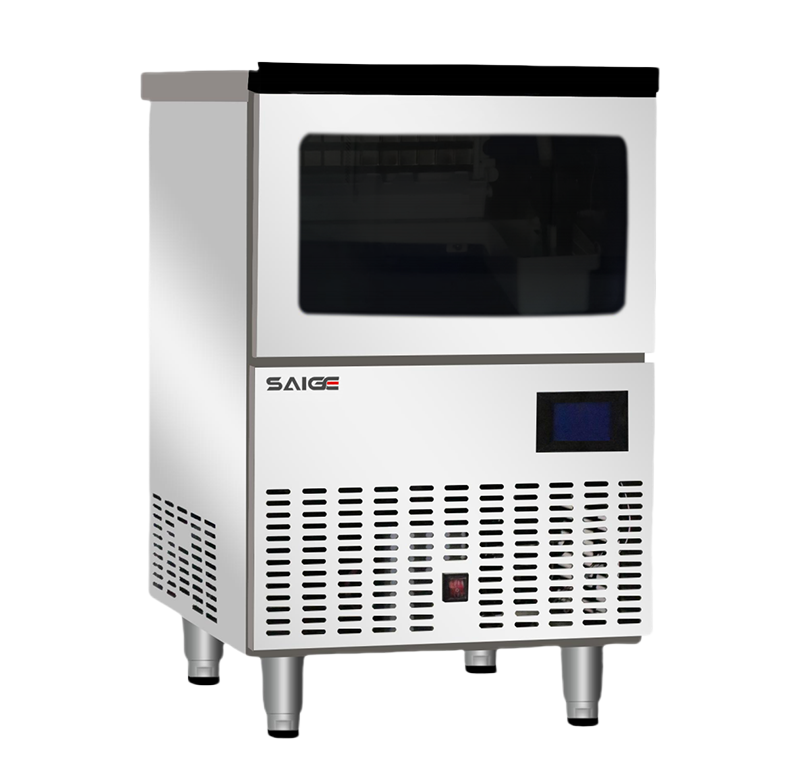The main categories of ice machines and the ice-making process
Apr 29,2024
Ice machine (English name: ice maker or ice machine) is a kind of refrigeration machinery and equipment that uses the refrigerant of the refrigeration system to cool water through the evaporator to generate ice. The equipment after making ice. According to the principle of the evaporator and the different production methods, the shape of the ice produced varies. People generally classify ice machines into pellet ice machine, flake ice machine, plate ice machine, tube ice machine, shell ice machine and so on.
Main categories of ice machines
Ice machines can be divided into commercial ice machines, home ice machines, industrial ice machines.
Ice machines are classified according to the shape of ice: granular ice (cylindrical, cubic, moon-shaped), snowflake, scale ice, plate ice, tube ice, and spherical ice.
Granular ice is divided into spray, running water and submerged according to the method of ice production.
Cylindrical ice is generally made from spray ice, which has a low freezing point of up to -20°C or less. The contact surface between cylindrical surfaces is small and not easy to stick together and use ice. Cylindrical ice cubes are characterised by high hardness, low temperature and crystal clarity. They are suitable for cooling foreign wines. The slow melting rate will not dilute the foreign wine and affect its taste. The disadvantage of cylindrical ice machines is that they are relatively inefficient in ice production and are generally used in the production of small bar countertop ice machines.
Flake ice has a temperature of -6°C to -12°C and is suitable for cooling in industrial processing and transport of perishable goods. Commonly used in supermarket fresh counter seafood display, large ice can also be used in cement factories, chemical plants, meat plants, marine fisheries and so on.
Refrigeration methods can be divided into: water-cooled ice machine, air-cooled ice machine.
Ice making process
Through the water inlet valve, the water automatically enters into the water storage tank, and then pumped by the water pump to the manifold, which flows the water evenly to the evaporator cooled by the low-temperature liquid refrigerant. The water freezes, and the water that is not frozen by the evaporator flows into the storage tank, and the cycle begins again via the pump. When the ice reaches the desired thickness, it enters the de-icing state and the high pressure hot gas from the compressor is diverted to the evaporator via a reversing valve to replace the low temperature liquid refrigerant. In this way, a film of water is formed between the ice and the evaporator. This water film causes the ice to leave the evaporator, and the ice falls freely under the effect of gravity into the ice storage tank above.
—— Related News








